Turn every guest into a regular
Thanx helps restaurant marketers connect personally—automating the actions that build habits, grow sales, and protect margins.

Leading Restaurants Choose Thanx





.svg)

Loyalty problems
Loyalty programs are everywhere, but traffic is flat. Here’s why:
01
Don’t reach enough guests
Appeal to highly engaged groups only; they ignore the majority of your guests.
1
02
Rely on costly discounts
Train guests to wait for a deal instead of building genuine loyalty.
2
03
Look like everyone else
Using generic templates that fail to reflect what makes your brand unique
3
04
Marketing tools are clunky
Too complex to personalize at scale, so brands fall back on generic, one-size-fits-all campaigns.
4
.avif)
We measure success in outcomes
223%
Growth in loyalty capture rate (% of sales from loyalty)
5x
Average growth in engaged guests in first year on Thanx
2.4%
Average discount rate, reduced from 10%
Our platform was purpose-built to drive frequency profitably.
Thanx achieves sustained profitable frequency by reaching more guests, turning first-timers into regulars, accelerating repeat digital purchases, and protecting margins through automated, targeted, and habit-building experiences.
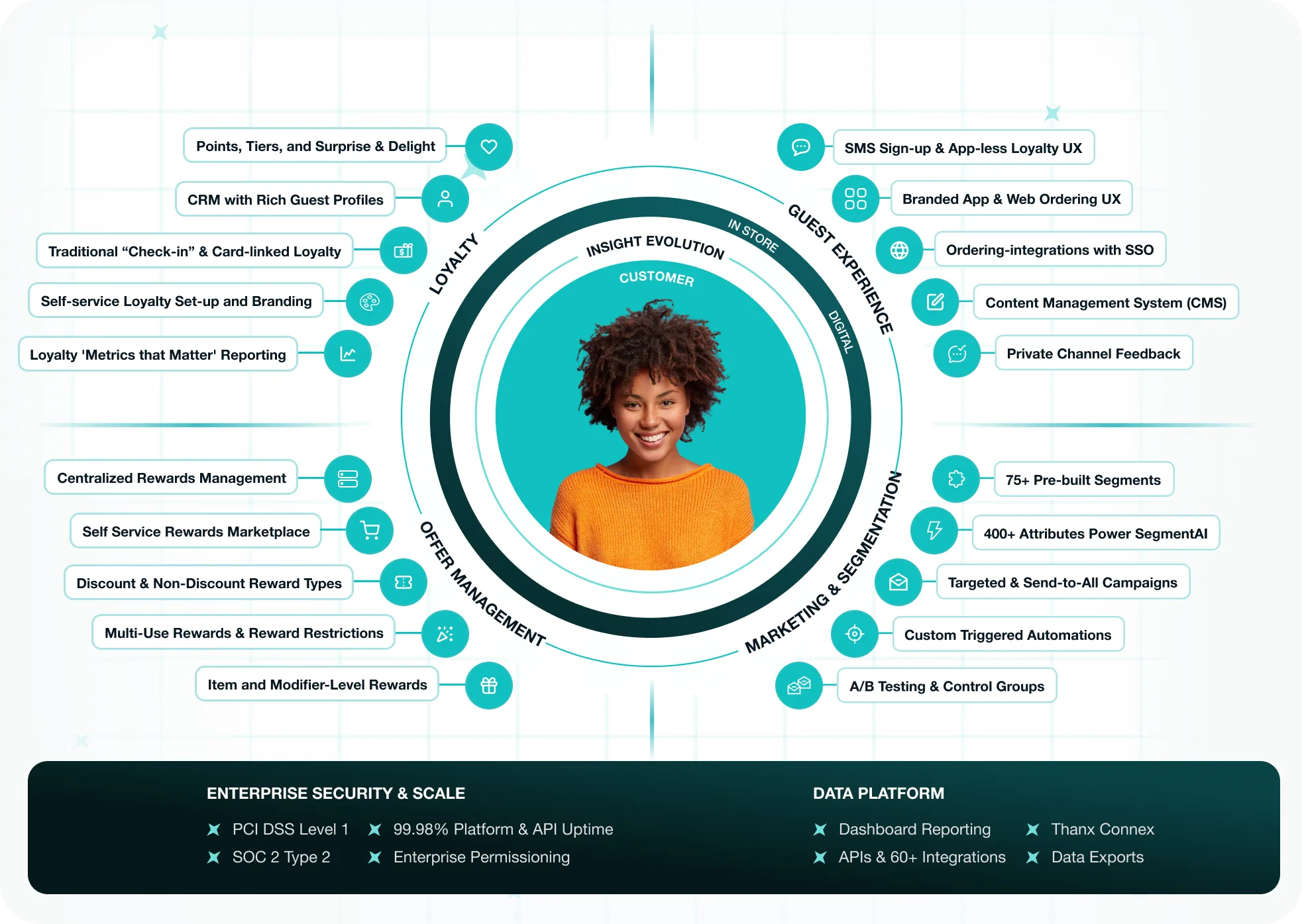
This is some text inside of a div block.

https://res.cloudinary.com/dreiso3ix/video/upload/v1765991997/Insight_Evolution-R3_1_a9g5on.mp4
Loyalty
Reach more guests and deliver more repeat visits.

Convert more first-timers
Automated lifecycle campaigns move first-time guests to their third visit and beyond, building frequency from day one.

https://res.cloudinary.com/dreiso3ix/video/upload/v1765991667/Loyalty_A_-_Convert_more_first-timers_p7ido6.mp4

Accessible to all guests
Seamless enrollment at every touchpoint: during online ordering, in-store by SMS triggered at the POS, and through app-less loyalty.

https://res.cloudinary.com/dreiso3ix/video/upload/v1765991666/Loyalty_B_-_Accessible_to_all_guests_gtuc64.mp4

Differentiated and on-brand
Flexible loyalty structures and rich branding reflect what makes your restaurant unique, driving guest relationships beyond discounts.

https://res.cloudinary.com/dreiso3ix/video/upload/v1765991666/Loyalty_C_-_Differentiated_and_on-brand_vdh9rv.mp4
Digital ordering & mobile apps
Accelerate digital sales and build ordering habits.

Drive more repeat purchases
Optimized ordering flows recognize customer preferences automatically and make reordering effortless, turning first-time digital buyers into regulars.

https://res.cloudinary.com/dreiso3ix/video/upload/v1765991665/Digital_Ordering_C_-_Deepen_engagement_over_time_mktnbd.mp4

Grow cart size and revenue
Smart upsells and frictionless checkout increase basket size while making reordering effortless, driving revenue and repeat visits.

https://res.cloudinary.com/dreiso3ix/video/upload/v1765991665/Digital_Ordering_B_-_Grow_cart_size_and_revenue_tfs82p.mp4

Deepen engagement over time
Refresh your digital experience instantly to keep guests engaged and coming back for more.

https://res.cloudinary.com/dreiso3ix/video/upload/v1765991665/Digital_Ordering_C_-_Deepen_engagement_over_time_mktnbd.mp4
Marketing automation
Automate personalization and build habits at scale.

Build powerful audiences effortlessly
AI-powered segmentation and 400+ guest attributes make sophisticated restaurant guest engagement campaigns simple to build and deploy.

https://res.cloudinary.com/dreiso3ix/video/upload/v1765991665/Marketing_Automation_A_-_Build_powerful_audiences_effortlessly_whw7jw.mp4

Trigger campaigns the moment guests qualify
Automated email marketing and push campaigns like abandoned cart recovery run continuously, growing revenue without effort.

https://res.cloudinary.com/dreiso3ix/video/upload/v1765991664/Marketing_Automation_B_-_Trigger_campaigns_the_moment_guests_qualify_vrwhsv.mp4

Deepen engagement with dynamic experiences
Challenges, gamification, and app takeovers create fresh ways to build habits and increase guest visit frequency.

https://res.cloudinary.com/dreiso3ix/video/upload/v1765991663/Marketing_Automation_C_-_Deepen_engagement_with_dynamic_experiences_vjgp5r.mp4
Offer management
Protect margins with smarter rewards.

Drive frequency without eroding margins
Use precision targeting and non-discount rewards like VIP access and secret menus to drive repeat visits without training guests to wait for deals.

https://res.cloudinary.com/dreiso3ix/video/upload/v1765991663/Offer_Management_A_-_Drive_frequency_without_eroding_margins_cqxb7x.mp4

Adjust program costs in real-time
Monitor discount rates and adjust reward economics in real-time as costs change, ensuring your program remains profitable.

https://res.cloudinary.com/dreiso3ix/video/upload/v1765991663/Offer_Management_B_-_Exceed_expectations_without_breaking_the_bank_mr1o3v.mp4

Invest in what works
Use A/B testing to reward only the behaviors that drive true incremental visits, rather than wasting margin on blanket promotions.

https://res.cloudinary.com/dreiso3ix/video/upload/v1765991665/Offer_Management_C_-_Invest_in_what_works_dnqnzl.mp4
Results
Enterprise solutions built for restaurants
All of the changes from Thanx combined—the shift to points, the higher volume of new rewards members, the lower friction in making purchases, and the new reward scheme that rewards guests faster with every visit—all of those things delivered a really meaningful double-digit sales lift.
Ha Ly, Head of Marketing | Pokeworks
4x
Increase in membership in the first 7 months
14%
Double-digit loyalty sales increase YoY, 14% increase in July
<90 days
Time to go-live with Thanx
Next up: Fast Casual


.avif)
We thoroughly evaluated top-tier programs, like Starbucks & Sweetgreen, and engaged with every loyalty provider in the market. We contemplated investing millions in the most costly solution, but it offered nothing beyond what Thanx already provides. We couldn’t be happier with our decision.
Anita Walker, Chief Marketing Officer | Fox Restaurant Concepts (Flower Child)
350%
Increase in membership in the first five months
1,600
Sign-ups per location per month
210k
Newly enrolled members 90 days post-launch
Next up: Table Service
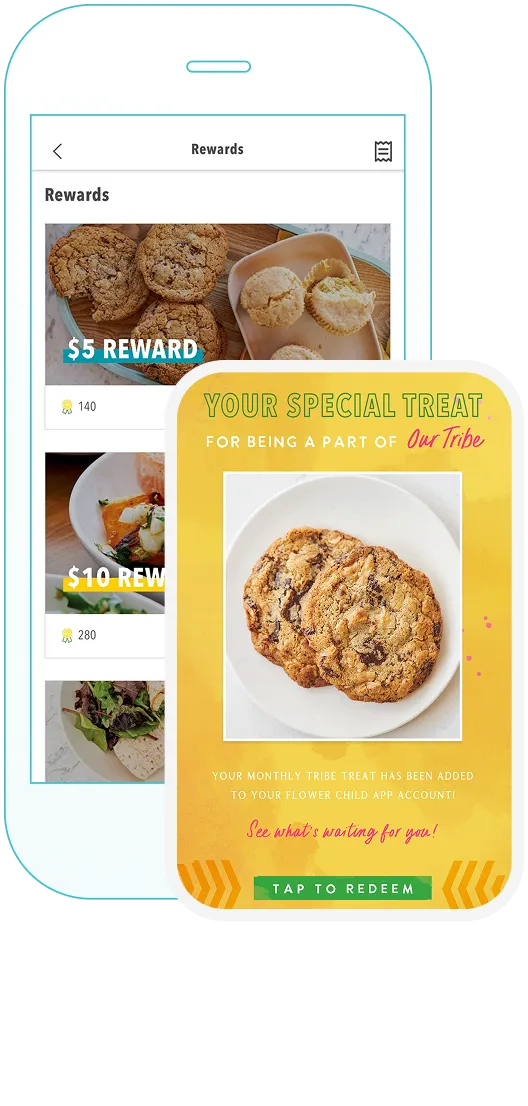

.avif)
With Thanx, we’ve gained much more control over our marketing spend and the ability to influence specific guest behaviors. For the first time, we’re able to reward loyalty more intentionally without always relying on deep discounts.
Katie Love, Chief Marketing Officer | Sonny’s BBQ
1%
Reduced from 10% discount rate
4x
Increase in redemption rate
42%
Increase in engaged customers
Next up: Coffee & Treat
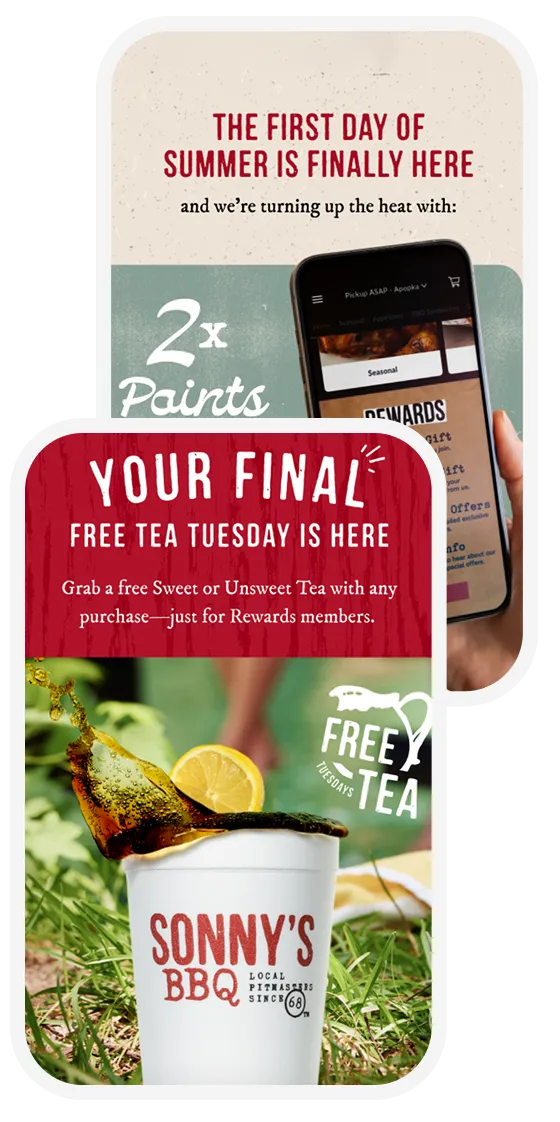

.avif)
Since launching Thanx, first-party sales are up 20% month over month, our retention is up 50%, and loyalty guests now spend 25% more per visit in-store. These are the strongest numbers we’ve seen from any digital initiative.
Jorge Lopez, Head of Digital, CRM & Loyalty | Oakberry
20%
MoM growth in first-party digital sales
50%
Lift in 30-day new guest retention
25%
Higher in-store AOV for loyalty members
Next up: Quick Service
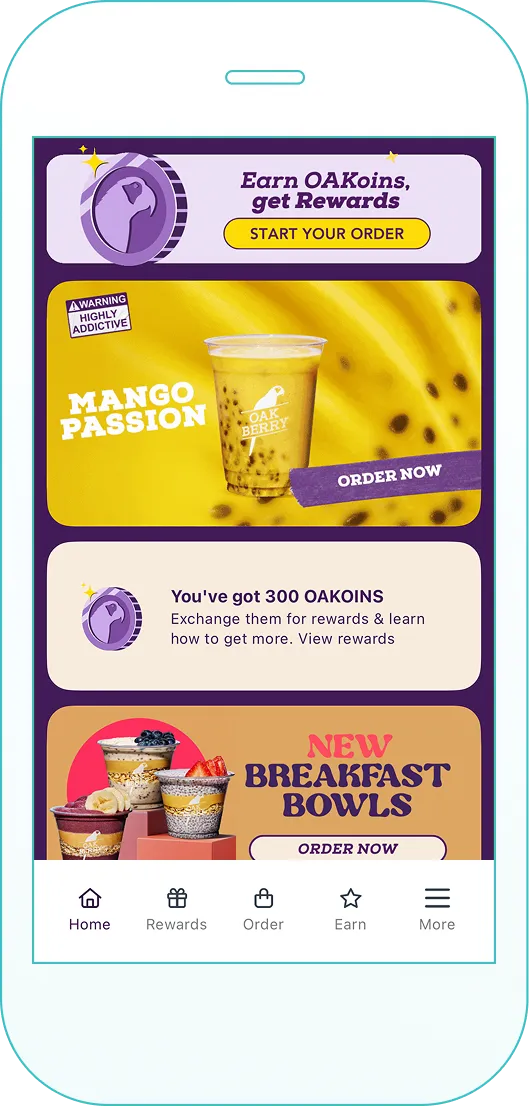

.avif)
.svg)

Guest engagement for every segment.
From quick-service and fast-casual to casual dining and cafe, Thanx delivers the flexibility and power to drive frequency at any scale.

Built for scale
Enterprise power elevates every customer's experience.
Thanx processes billions of transactions, handles millions of guests, and delivers personalized experiences at scale with infrastructure built for the world's leading restaurant brands.
1B+ transactions processed annually
SOC 2 Type II certified, PCI DSS Level 1 Service Provider
99.95% uptime
60+ POS and technology integrations
%20(1).avif)
Free loyalty assessment
How does your guest engagement stack up?
Example fast-casual scorecard
.avif)











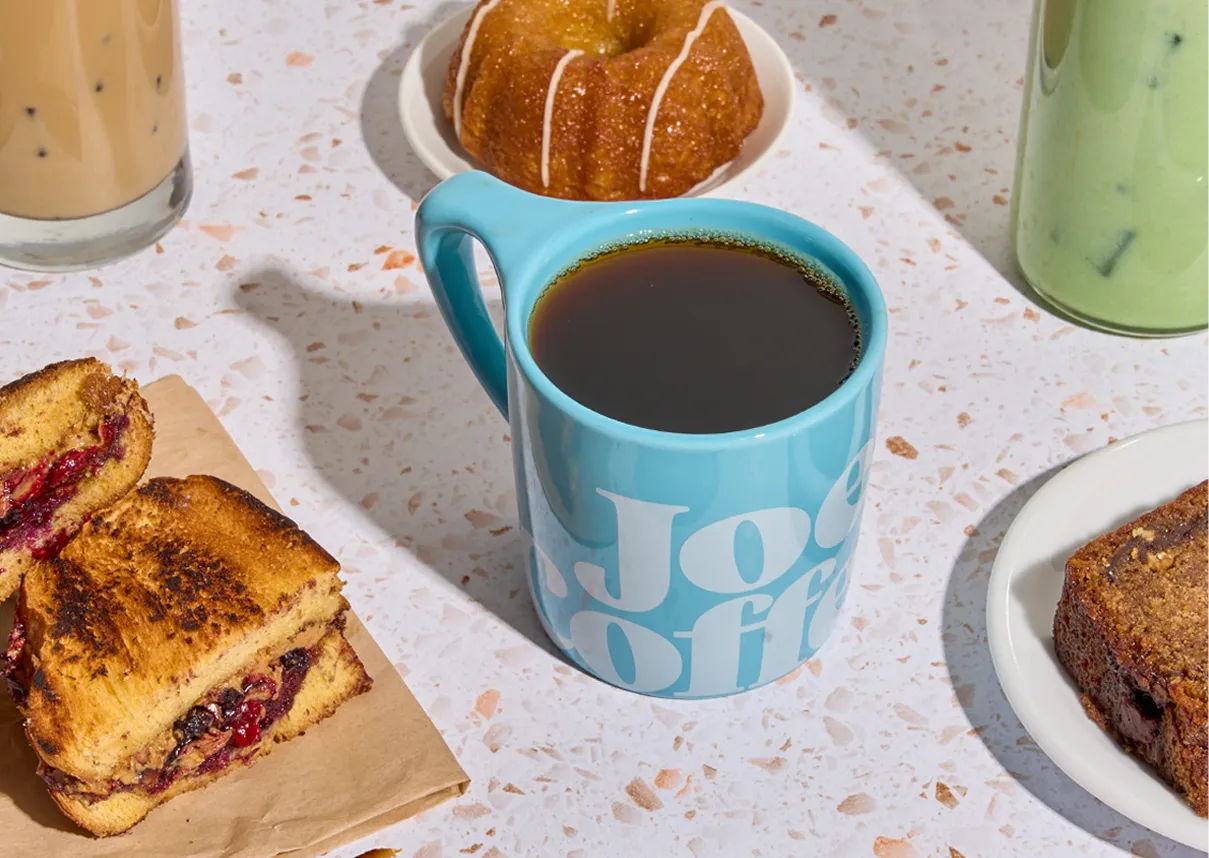
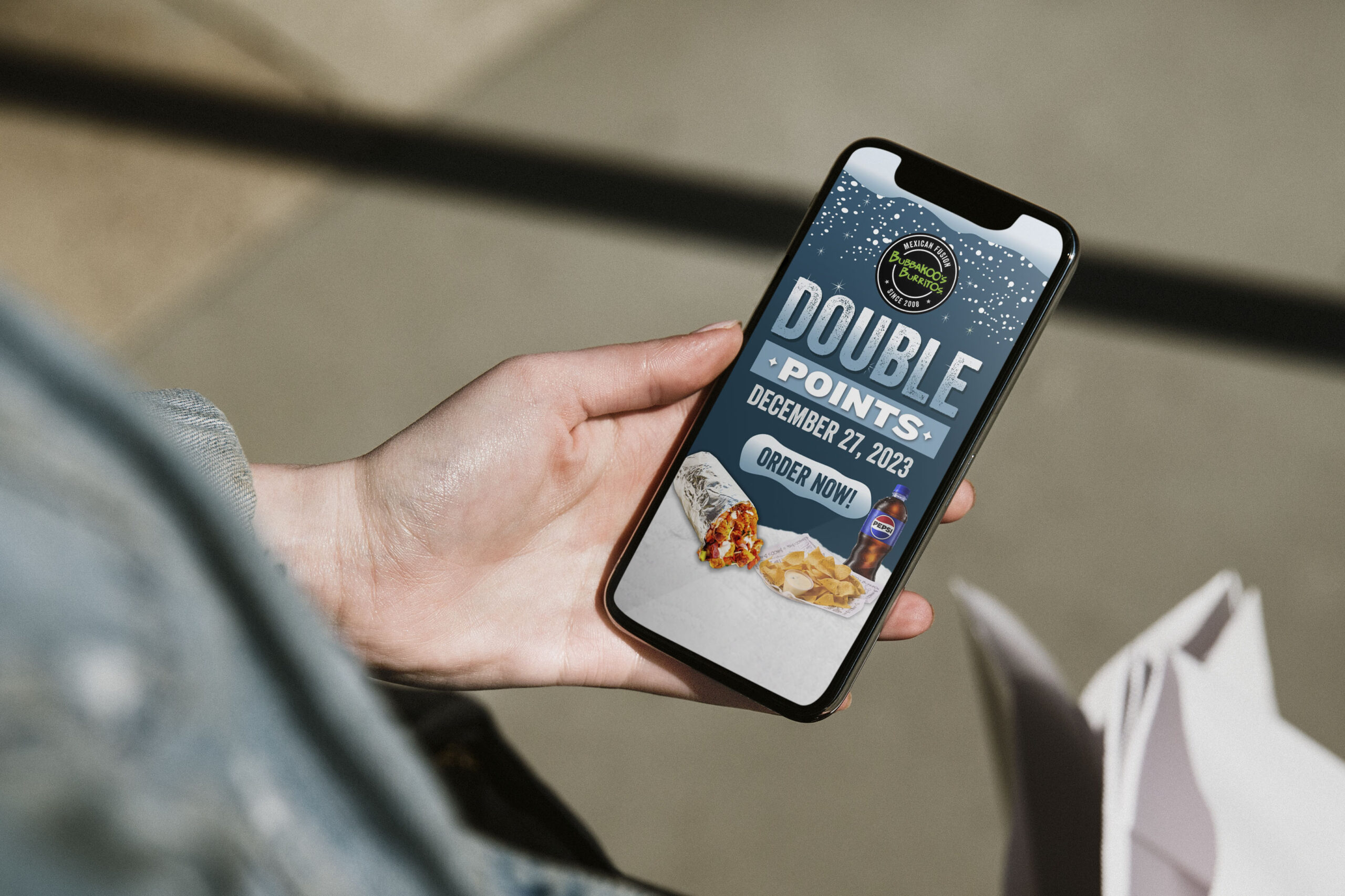
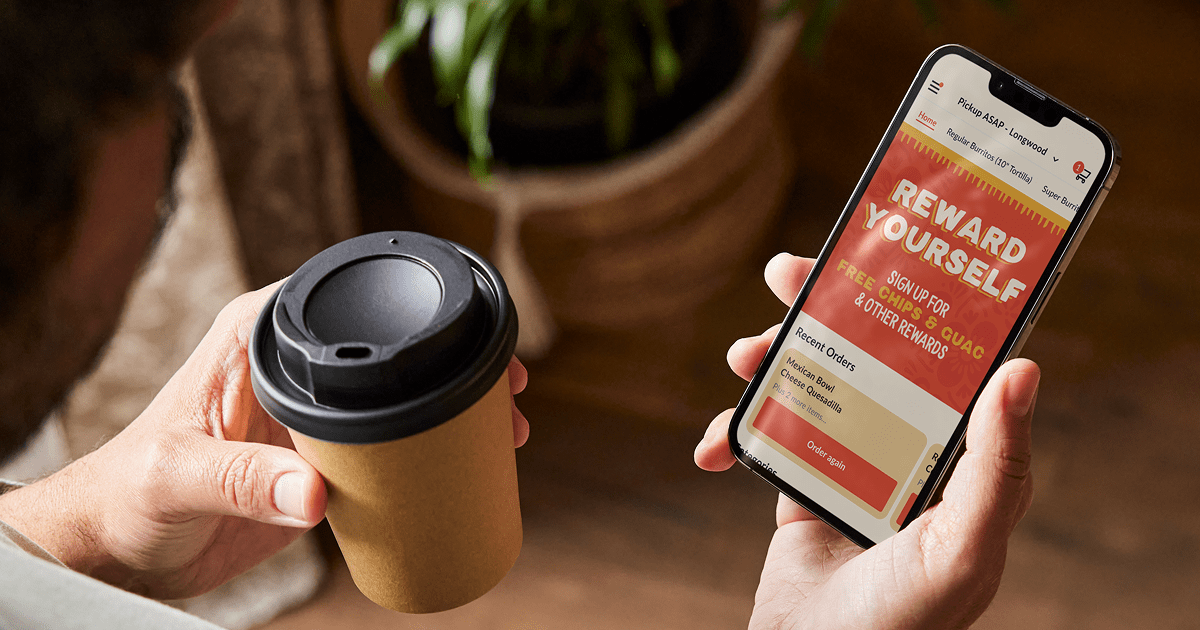
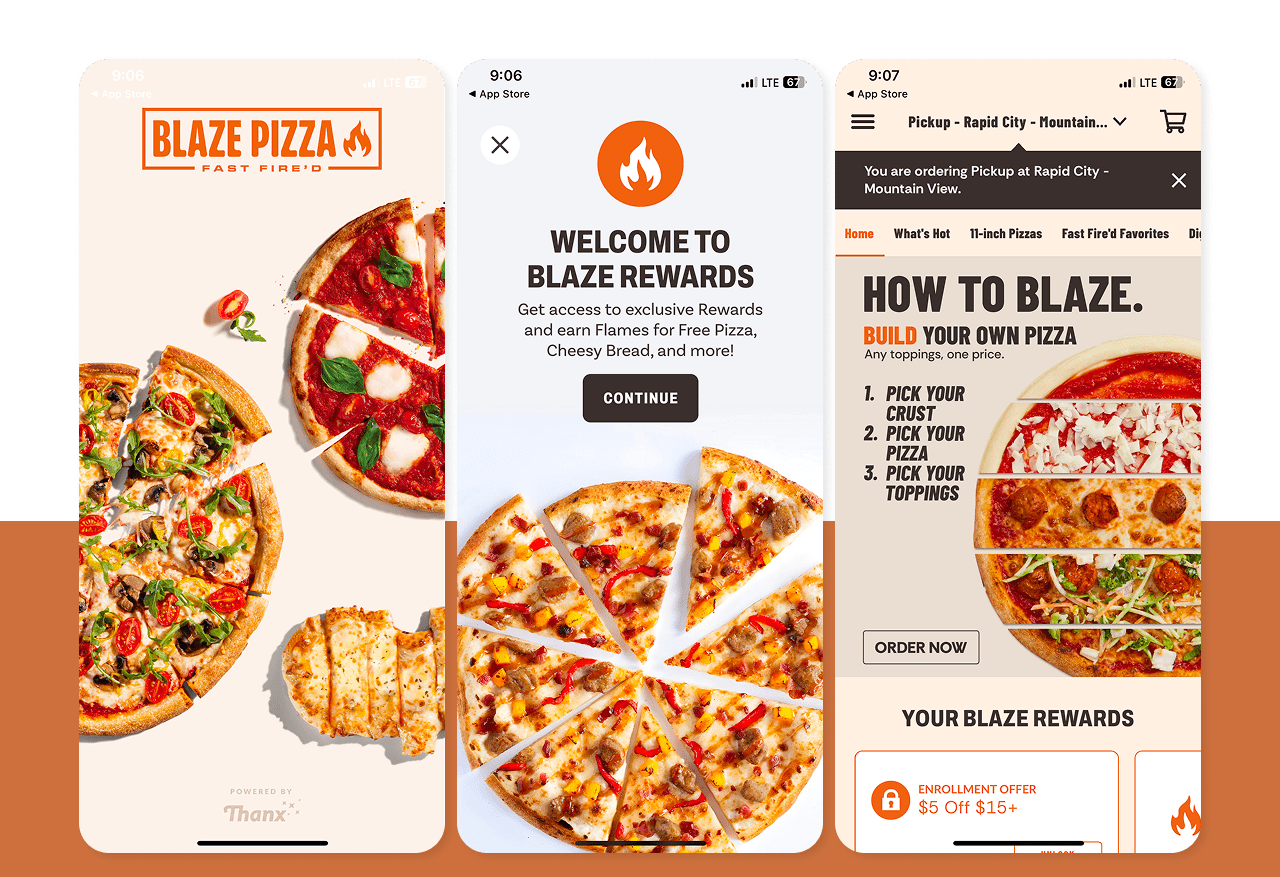

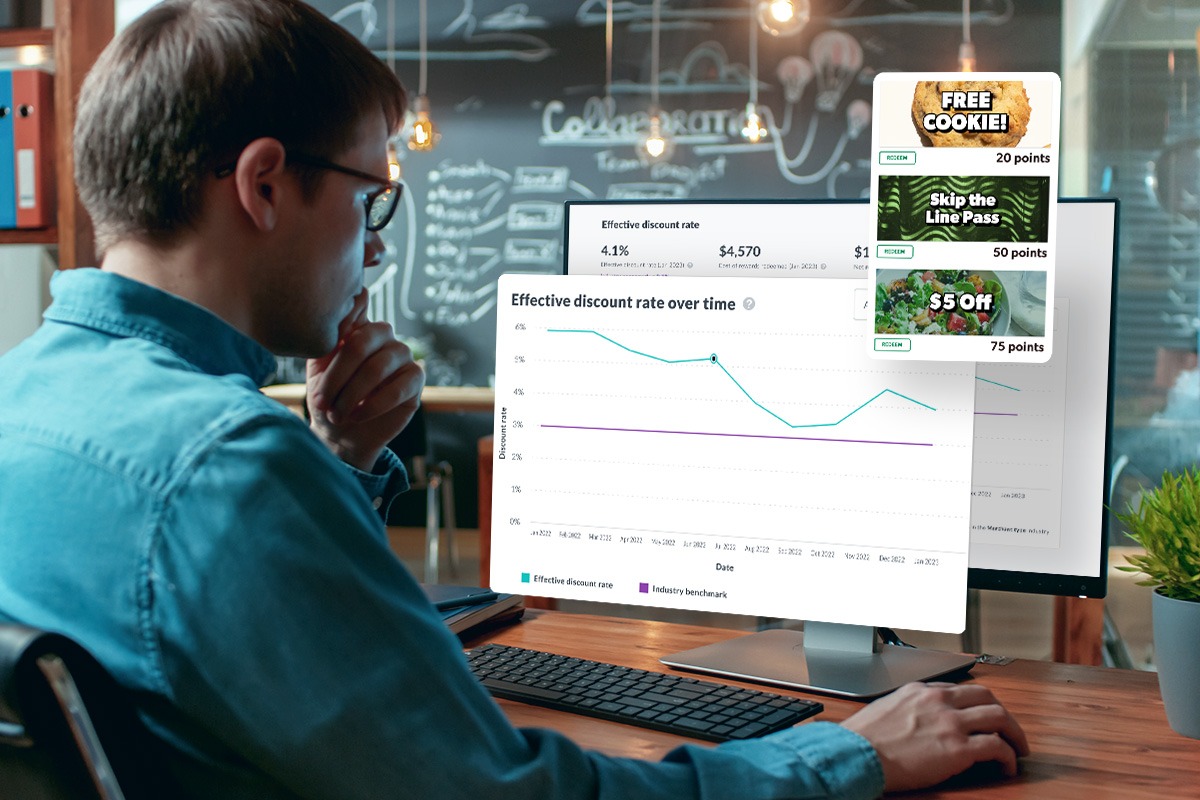
.avif)